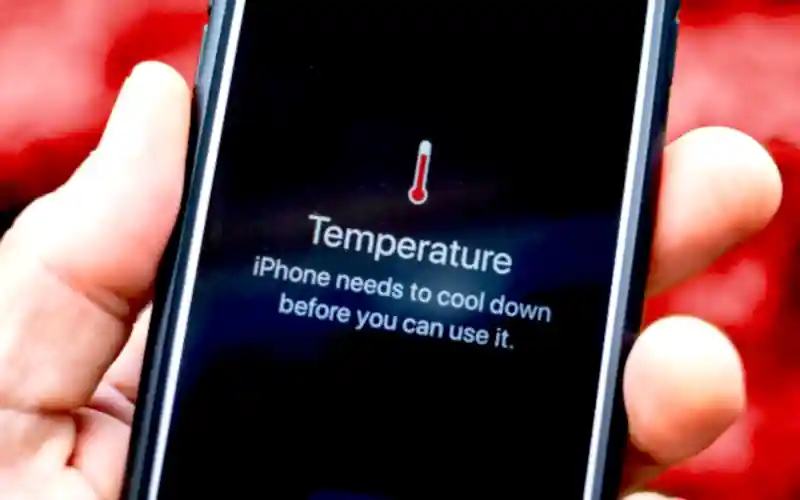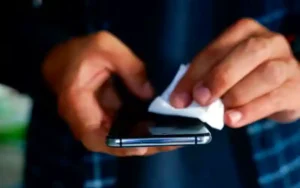How to Keep Your Phone Safe in Summer Heat

- Experts and manufacturers share tips to prevent smartphones from overheating during summer travel and extreme temperatures.
Rising Temperatures Pose Risks to Devices
As summer travel picks up, many people are heading to warmer climates with their phones and tablets in tow. However, extreme heat can pose serious risks to electronic devices, especially smartphones. Southern Europe and parts of the United States have seen prolonged heatwaves, prompting warnings from meteorologists and tech experts alike. Manufacturers like Apple and Samsung have issued guidance on how to protect devices from overheating.
Electronic devices are designed to operate within a specific temperature range. Apple notes that iPhones and iPads function best between 0°C and 35°C (32°F to 95°F). Exceeding these limits can lead to performance issues and even permanent battery damage. Samsung adds that temporary warming during high-power activities is normal and not necessarily harmful.
Signs of Overheating and What to Avoid
When a phone becomes excessively hot, users may notice changes in behavior or receive warning messages. iPhones display alerts when the device needs to cool down, while Android phones may dim the screen, close apps, and pause charging. If a device feels too hot to hold, Samsung recommends stopping use immediately. These built-in safety features help prevent long-term damage.
To avoid overheating, experts advise against leaving devices in parked cars or under direct sunlight. Apple cautions users not to run GPS navigation, play graphics-heavy games, or use the camera for extended periods in hot conditions. Google also recommends avoiding resource-intensive apps while charging. These activities can push the device beyond its safe operating range.
Cooling Strategies That Actually Work
Turning off your device completely is one of the most effective ways to cool it down. According to British electronics retailer Curry’s, even background processes can generate heat, so a full shutdown is ideal. Removing protective cases can also help, as they tend to trap heat. Keeping the device in a shaded, air-conditioned space or near a fan can speed up cooling.
Despite the temptation, placing a phone in the fridge or freezer is not recommended. Condensation from rapid cooling can lead to water damage, potentially ruining the device. Instead, opt for gradual cooling in a dry, ventilated area. These precautions are especially important during travel, when devices are often used more intensively for navigation, photography, and entertainment.
Heat and Battery Chemistry
|









